I tend to prefer cold weather to hot weather because, although extreme cold tends to be more uncomfortable than sweltering heat, more can be done to regulate your body temperature and stay in comfortable conditions. Keeping your tent warm at night requires a bit of know-how and a few critical measures, but shouldn’t pose a challenge when you’re well-prepared. Here are four of the most useful ways to keep a tent warm at night.
4 Safe Ways to Stay Warm Inside Your Tent
1. Heat Packs
I love chemical heat packs. They’re generally very lightweight, can last for hours, and some varieties stay effective even at extremely low temperatures. These bags of chemicals require no flame or tools to operate, remain at atmospheric temperatures until activated, and provide instant heat once you use them. Putting one or two of these heat packs in key spots in your tent can be a great way to create a temporary heat source that doesn’t emit any fumes. I like to suspend one from the loop at the center of my tent, as this provides a substantial amount of heat to my entire body when I lay down to sleep. Sometimes, I’ll wrap a second one in a towel and throw it inside my sleeping bag to feel extra toasty at night.
Some warming packs, like the Hot Hands brand, can last through a full night of sleep. Others, however, may only be designed to provide heat for an hour or two. Make sure only to buy long-lasting heat packs if you plan on keeping them in your tent overnight.
2. Set Up the Rain Fly
Although your tent probably marketed its rain fly for its waterproofing capabilities, one of its most handy uses is to keep you warm at night. Setting up a rain fly provides an additional layer around your tent to trap heat inside and also prevents gusts of wind from directly striking (and cooling) the sides of your tent. Unless I want to stargaze or if the night is especially warm, I always set up my rain fly since it makes for a better night of sleep.
3. Pad Below the Tent
Camping pads are, contrary to what many people think, not designed with comfort in mind. Their primary purpose is to insulate you since even the toughest sleeping bags cannot stop the cold ground from sucking heat away from your body. Adding a layer of padding below your tent may be able to achieve the same effect. The most effective padding materials are made of foam, but anything that provides a barrier between your tent and the cold ground is worth bringing along on your expedition.
4. Stronger Sleeping Bags
A strong sleeping bag is a must for anyone looking to spend nights outdoors in cold weather conditions. When conditions become particularly frigid, a well-made sleeping bag may become the only way to keep yourself warm overnight. Most of us have probably spent more than a couple of evenings inside of our sleeping bags, sitting up or hiding inside while we’re still awake. No amount of tent design or warming techniques can ever match the insulating capabilities of your bag.
Heating Methods to Avoid
Just as important as knowing effective heating methods is knowing what not to do to keep yourself warm at night. Many heating devices can prove dangerous when kept inside a tent, especially when you plan on falling asleep. Gas-burning heaters, common elements inside many hikers’ backpacks, can be deadly when used inside or next to your tent. The fumes let off by these stoves and heaters may have no way to escape your tent, potentially smothering you as you sleep.
For similar reasons, you should never try to warm your tent with a nearby fire. Campfires produce smoke and fumes that may make it difficult to breathe in your tent, especially with the windows zipped up and the rain fly on. Building a fire too close to your tent could also set it alight as sparks and embers fly out.
If you are camping near your car or backyard, you may even want to bring a generator with you. While generators can have some great uses, you should never power space heaters with them in a tent. Space heaters generate far more heat than your tent can handle and have an exceptionally high fire risk when used in such cramped quarters. Electric heaters designed for tents are typically made with room-sized semi-permanent tents in mind, such as those used by work crews in remote areas.
Conclusion
Make sure to dress warm and pack warm for your next cold-weather camping trip. Whether it’s 50 degrees or negative 50, you’ll want to bring some of these insulating and heat-generating tools with you to stave off the cold. Stay safe and good luck on your next outing.

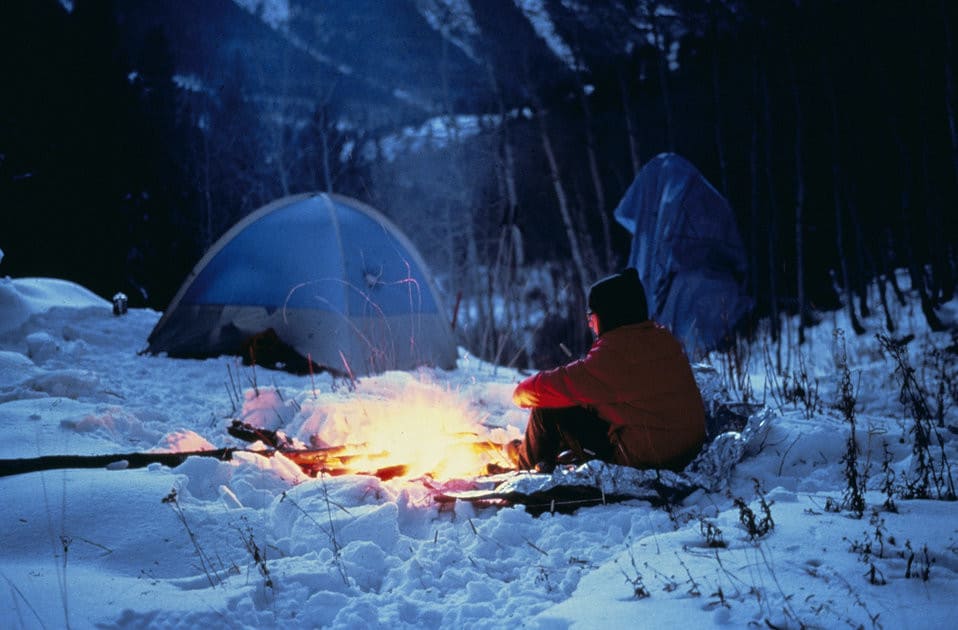
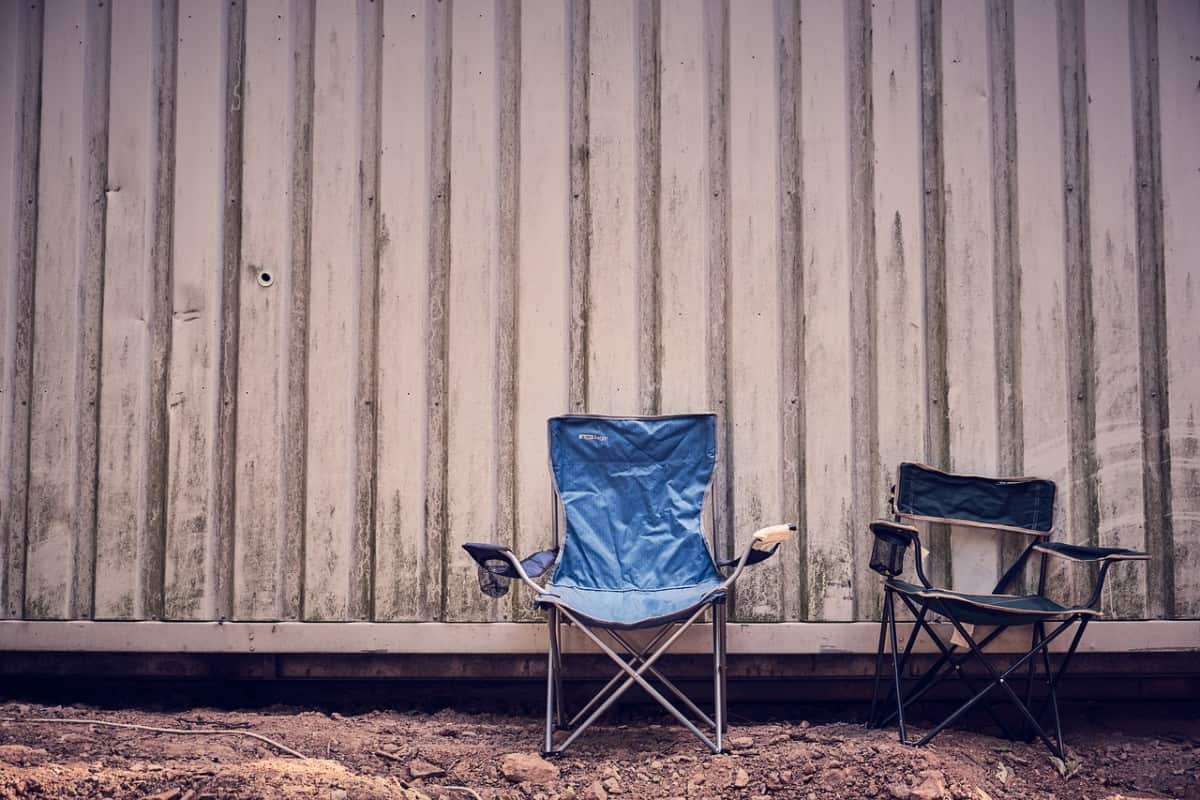

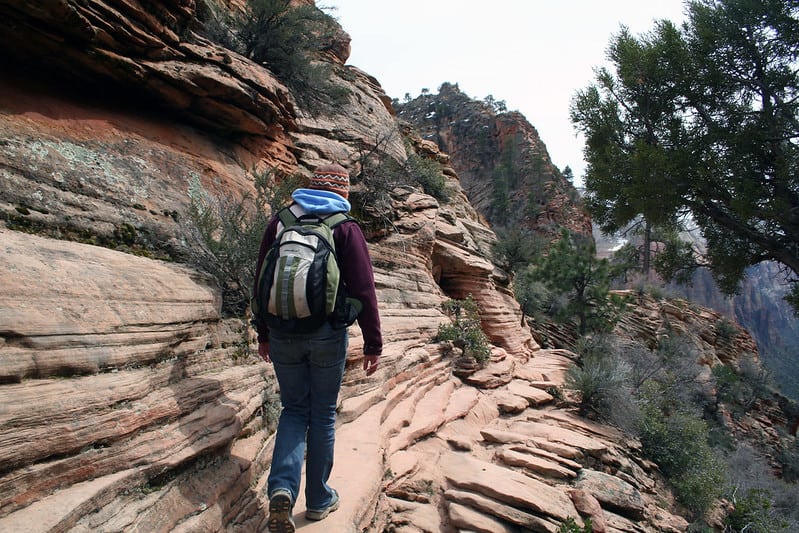
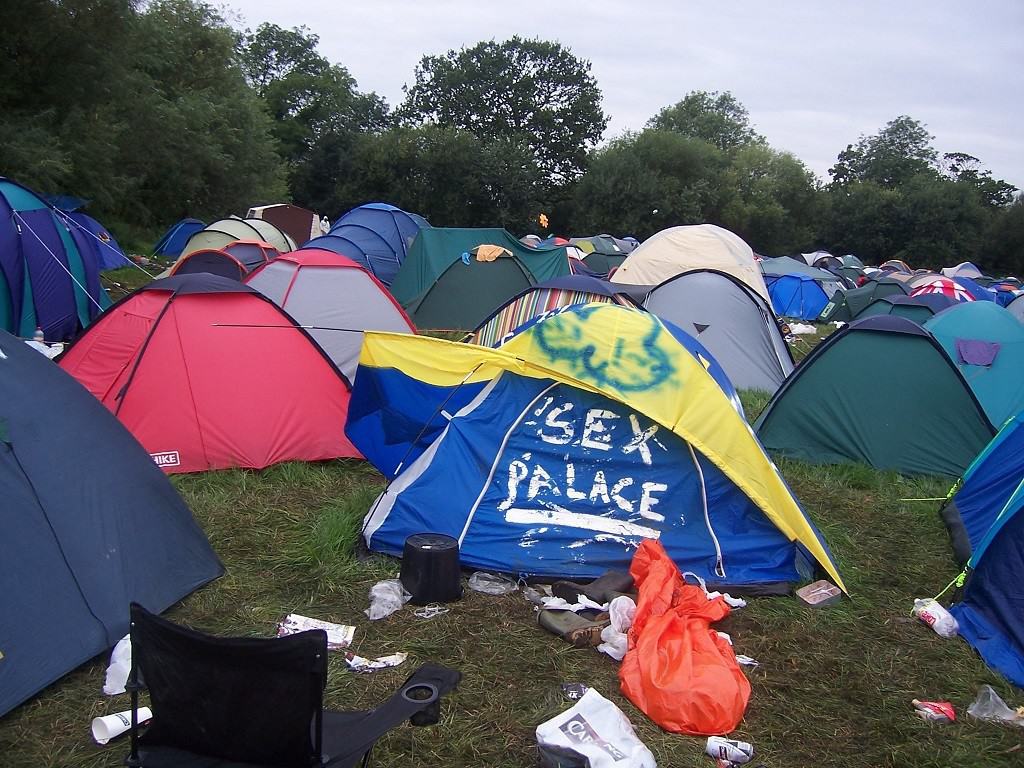

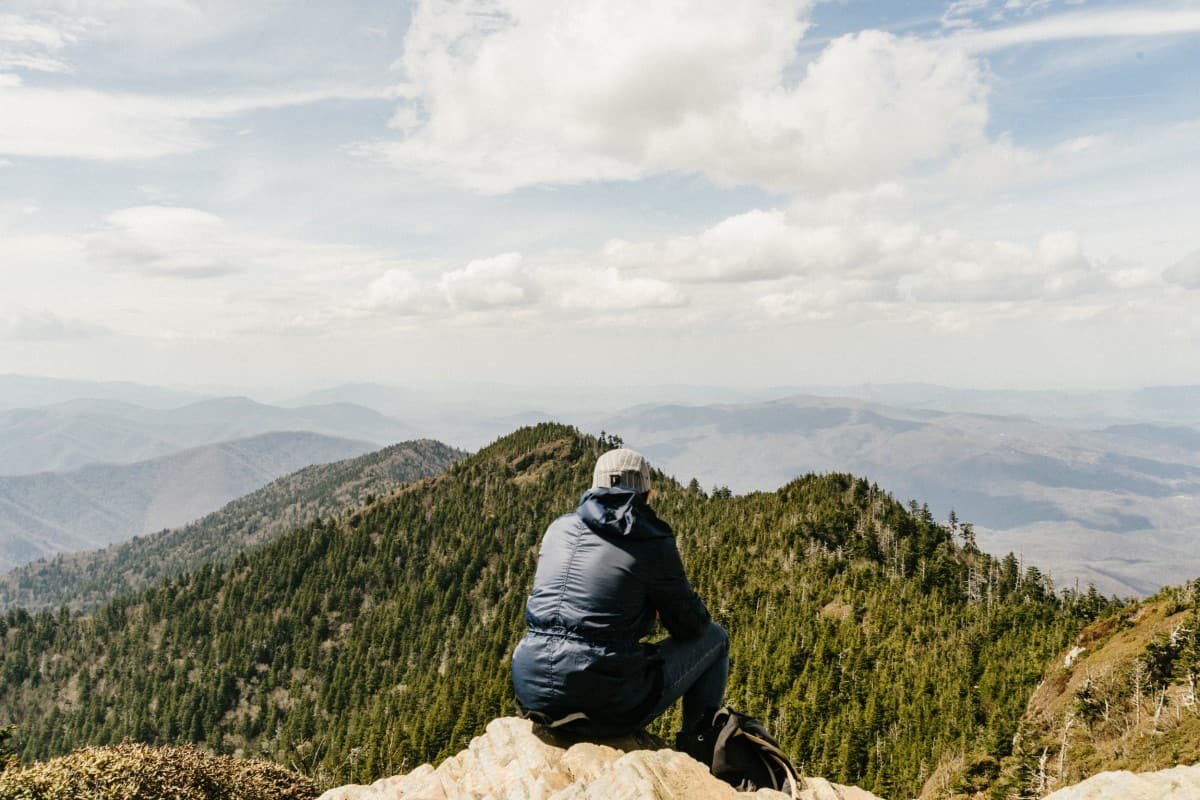
Leave a Comment